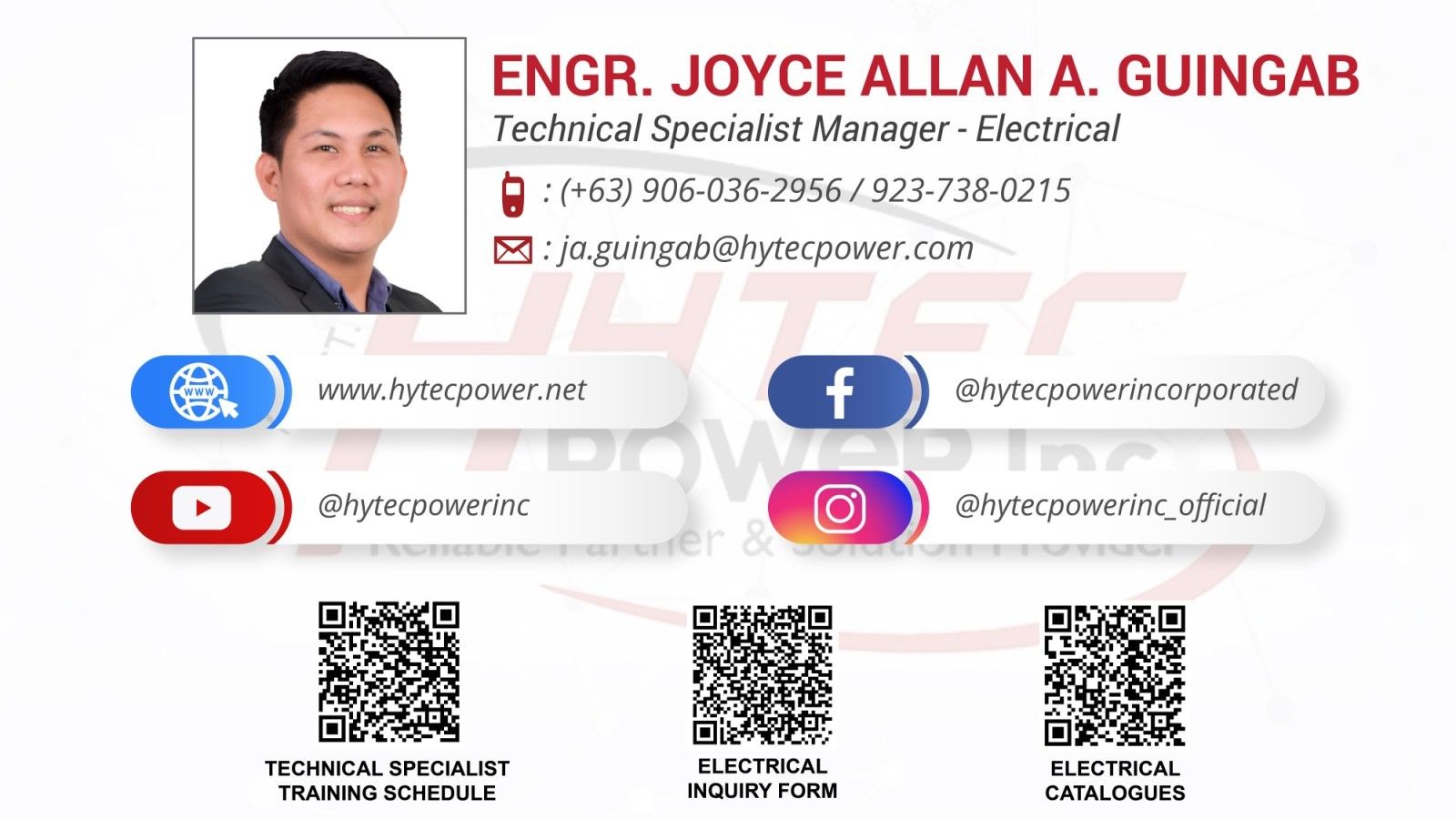The content of this article was extracted from the website and catalogs owned by Principal, De Lorenzo to show their product and other services. Hytec Power Inc. is the Exclusive Distributor of Principal product in the Philippines.

The conversion of energy available in different forms in nature into electrical energy is known as generation of electrical energy. The most popular and potential resources, for generating electrical energy, are divided into conventional and non-conventional methods. We find thermal (from fossil fuels as coal, gas) or nuclear (steam for turbine) and hydroelectric (water) in the first type; for the second type we have wind power (in some areas with zero production cost), fuel cells (pollution- and noise-free) and photovoltaic cells. De Lorenzo has designed for this topic a synchronous generator driven by a brushless motor as prime mover that can simulate steam, gas or water. The synchronous generator can be operated in isolated mode, providing power to a single consumer, or it can be connected in parallel with a constant-voltage constant-frequency grid system. The end users can study the main characteristics as well as its behavior under different load conditions. It is supplied with SCADA (Supervision and Control software Data Acquisition) software that communicate with all the active devices to provide real-time measurements, system status and control. It is dedicated to high schools and first years of university.
Introduction
The three‐phase power is the most commonly used for generation, transmission, distribution and use in the public energy sector. Three‐phase systems are more economical than single phase systems due to thereduced amount of conductor material needed to transmit the same amount of power making them suitable for high voltage transmission over long distances. Furthermore, it is ideal for consumers use in three‐phase(motors, heavy loads) or single‐phase applications. The generation of electrical energy is performed almost exclusively by means of high power synchronous machines, or alternators, whose construction design depends on the type of drive, which can normally be steam, gas or water. One major limitation of the electrical power is that it cannot be stored in large quantities and, therefore, it has to be generated as the consumer needs it. The synchronous generator can be operated in isolated mode, providing power to a single consumer, or it can be connected in parallel with a constant‐ voltage constant‐frequency grid system. In this laboratory the main characteristics of a synchronous generator are studied as well its synchronization to the main network and its behavior under different load conditions.
Experiments


